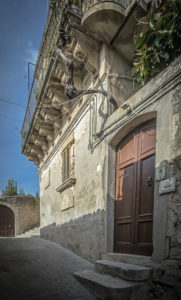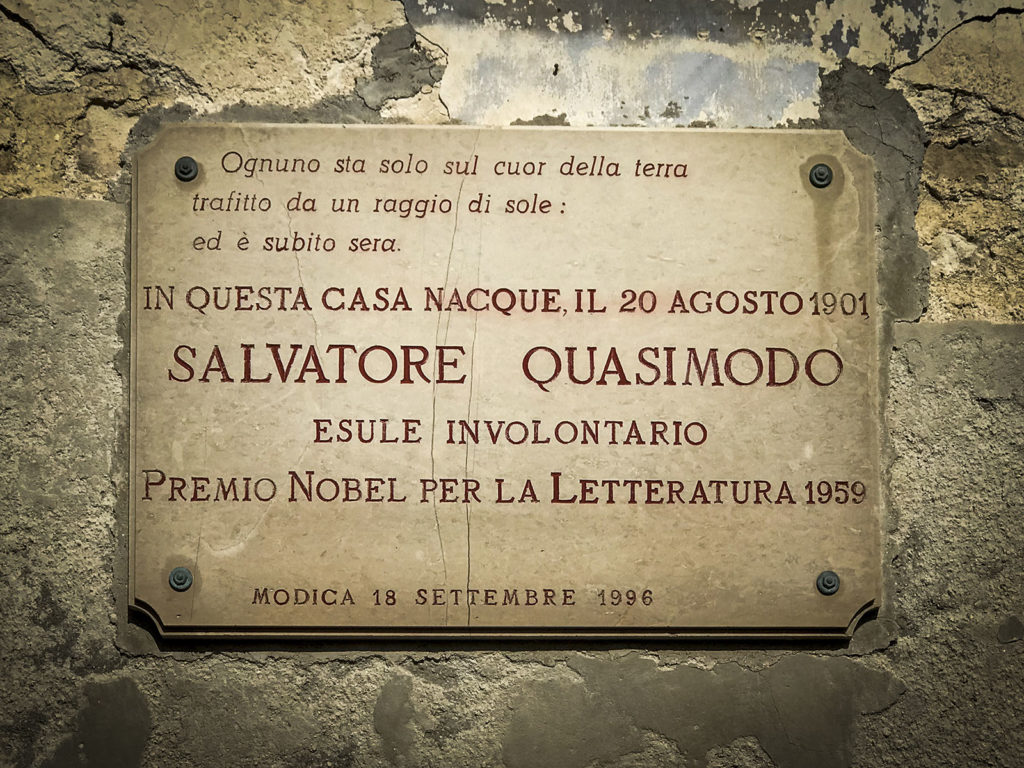 Between period buildings, cathedrals and churches, Modica offers its citizens and tourists a place of memory.
Between period buildings, cathedrals and churches, Modica offers its citizens and tourists a place of memory.
This idea comes from the bond that exists between the Hyblaean city and an illustrious poet. On 20 August 1901,
Salvatore Quasimodo
was born in Modica. He was one of the most important poets and translators of Italian literature.
Quasimodo wrote works of great value that led him to win the
Nobel Prize for Literature
in 1959.
Hence the idea to restore the house where the poet was born and turn it into a birthplace museum dedicated to him.
The Museo Casa Natale Salvatore Quasimodo (Salvatore Quasimodo Birthplace Museum) offers the chance to see the room where the Italian poet saw the first light of day, and much more! In fact, there are also collections of many of the objects that belonged to Salvatore Quasimodo, including some photographs and furniture from his Milan studio.
This is an opportunity to get to know an illustrious poet and come into contact with the reality of a bygone era that is increasingly distant from us. 